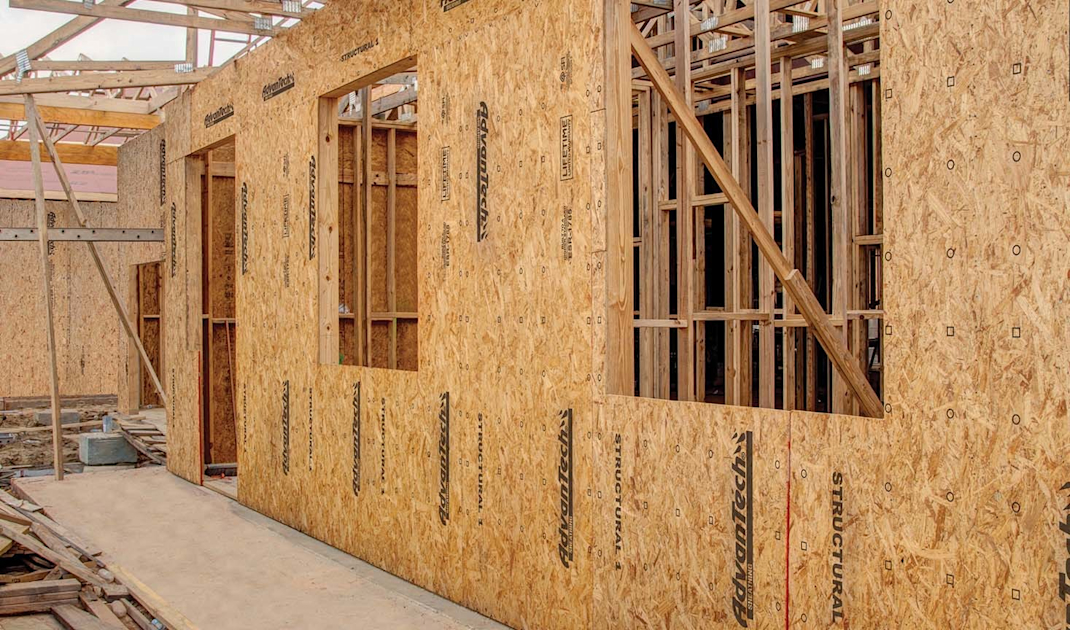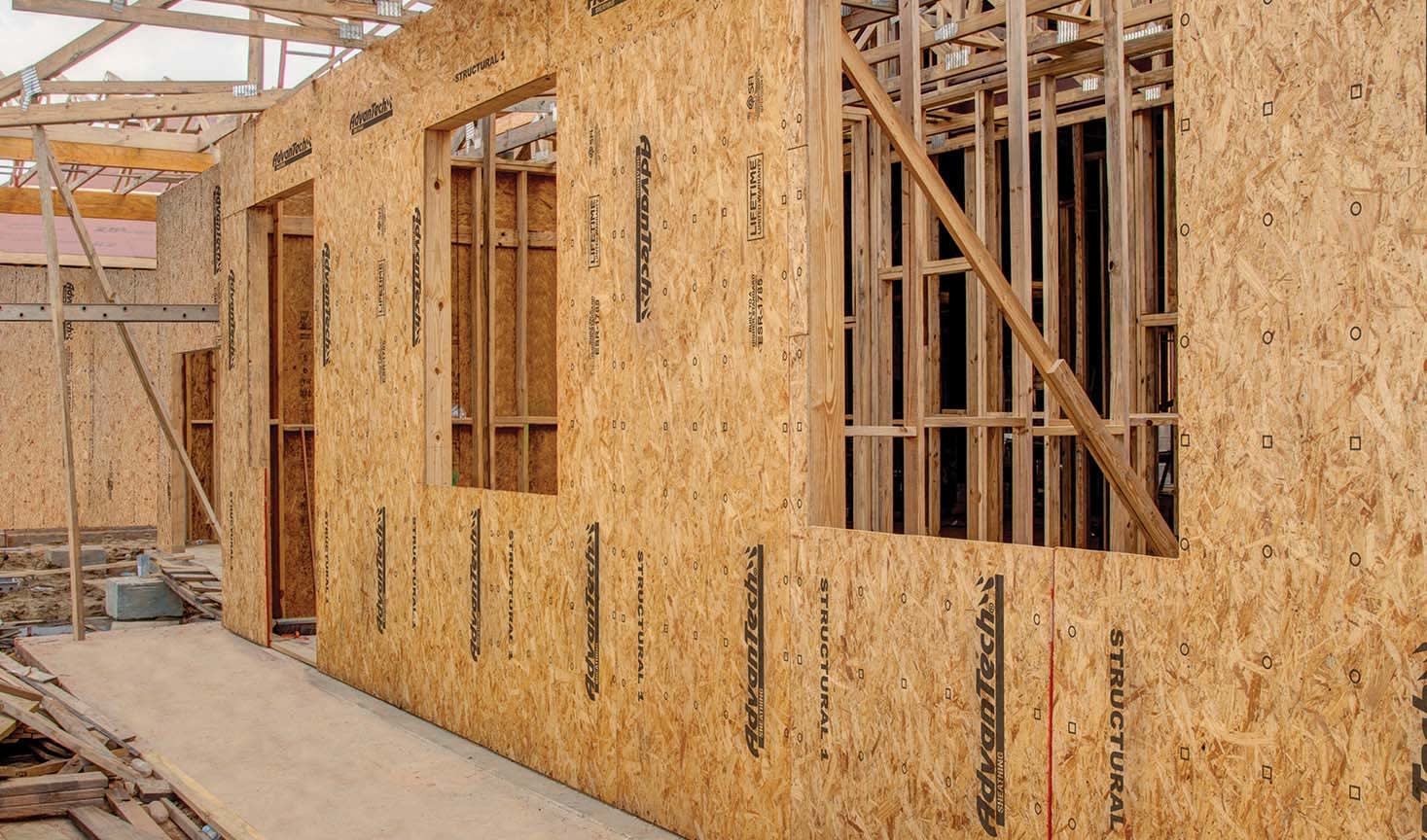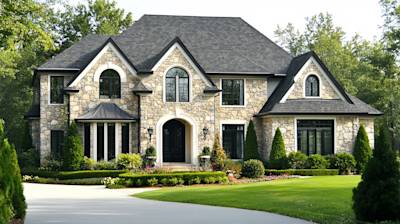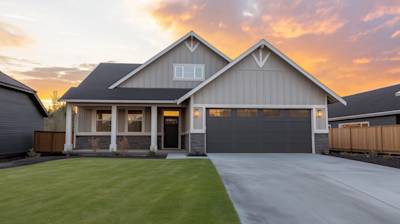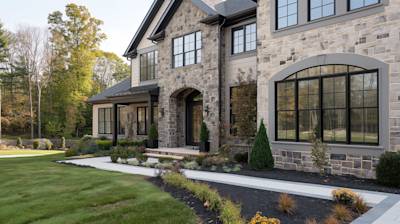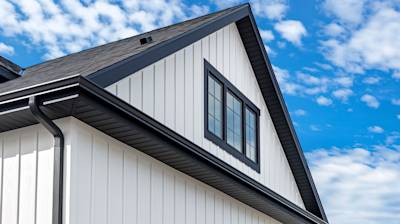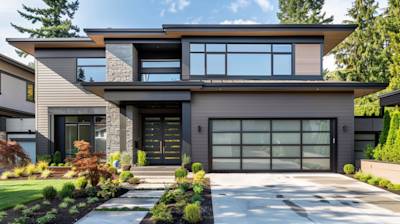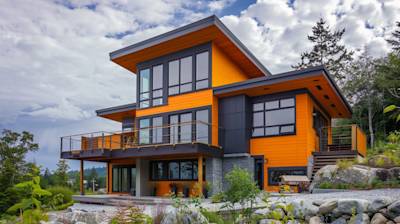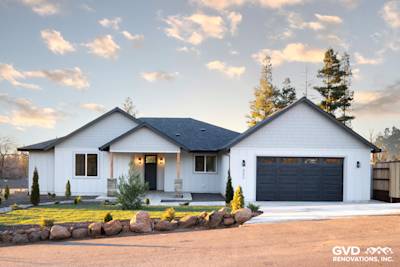Building your home or doing a major renovation project can often involve numerous smaller tasks. One such task you might encounter is sheathing. Sheathing not only provides structural rigidity, protecting your home from external elements, but it is also an important part of maintaining the insulation of your home. Regardless of whether you are a DIY enthusiast or a seasoned builder, knowing the ins and outs of sheathing is crucial. This blog aims to provide a detailed guide on sheathing, exploring what it entails, types, materials used, and its benefits.
Understanding Sheathing and its Importance
Sheathing refers to the process of applying a protective layer to the outside framing of buildings, typically in house construction. It is a crucial consideration for any construction project, as it serves a number of functional and aesthetic purposes.
Role and Functionality of Sheathing
Sheathing plays a significant part in maintaining the structural integrity of the building. It adds strength to the building structure and prevents it from shifting or racking during wind or seismic forces. It also provides a flat and solid surface upon which the weather-resistant barrier and exterior cladding can be attached.
The Different Types of Sheathing
Sheathing is not a singular, one-size-fits-all product. There are different types offered in the market, and the type of sheathing you use would depend on the application. Below are some often-used sheathing types:
- Structural sheathing
- Non-structural sheathing
- Thermal sheathing
- Insulative sheathing
Comparing Materials Used for Sheathing
Just as there are several types of sheathing, there are also different materials used in their production. Understanding these materials can help determine the best fit for your specific project. Some of the most common materials include plywoods, gypsum boards, and foam boards:
- Plywood: This material Offers exceptional strength and rigidity to resist high wind and heavy snow loads.
- Gypsum Board: Offers excellent fire resistance, is cost-effective, and easy to install.
- Foam Boards: These are primarily used for insulation sheathing and provide a high R-value.
Installing Sheathing
Installation of sheathing is a critical part of construction and needs to be done with precision and care.
Step-by-Step Sheathing Installation Process
- Select the right sheathing material per the needs and requirements of your project.
- Measure the area where the sheathing will be installed and cut your material to fit these dimensions.
- Begin attaching sheathing from the bottom up, ensuring to secure the material to the wall studs using nails or screws.
- Continue this process until the entire frame is covered with sheathing.
- Inspect the installation to ensure it has been properly sealed and secured.
The Beneficial Impact of Sheathing
Apart from adding structural strength, sheathing also contributes in several other ways. It enhances the insulation properties of the building, improving energy efficiency and helping maintain the indoor climate. It also provides a barrier against external threats such as weather conditions and pests.
Increased Energy Efficiency
Insulative sheathing supports the layer of insulation installed in a building, thereby boosting its energy efficiency. It minimizes the loss of heat during winters and keeps out the heat during summers, making the building more comfortable and reducing heating and cooling costs.
Moisture and Pest Prevention
Sheathing also acts as a barrier for moisture and pests, protecting the interior components of the building from potential damage.
Sheathing forms an essential part of any building construction, offering various invaluable benefits. Proper selection and installation of sheathing can ensure enhanced durability and longevity for your building, making it a worthy investment for your construction project.
Frequently Asked Questions About Sheathing
What is the difference between sheathing and siding?
While both sheathing and siding are used in construction, they serve very different purposes. Sheathing is installed directly onto the frame of the building to provide structural integrity and a base for other materials, while siding is installed over the sheathing to protect the building from the elements and enhance its aesthetic appeal.
What are the common materials used for sheathing?
The common materials used for sheathing are plywood and oriented strand board (OSB). Plywood is often preferred for its strength and resilience, while OSB is usually more affordable and can be just as durable. Other sheathing materials may include gypsum board or foam board, which offer better insulation properties.
How is sheathing installed?
Sheathing is typically installed during the framing stage of construction. The process involves measuring and cutting the sheathing material, and then attaching it to the structure using nails or screws. The edges of the sheathing should be aligned with the center of the framing members to provide maximum support and stability.
What precautions should be taken while installing sheathing?
Installing sheathing requires careful handling. Make sure to use the appropriate safety gear, including gloves and protective glasses. The sheathing panels must be aligned correctly with the framing and fastened securely to avoid any structural issues later on. Also, it's important to allow for proper ventilation to prevent moisture build-up.
What is the typical thickness of sheathing?
The thickness of sheathing depends on its specific use and local building codes, But commonly, the thickness ranges from 1/2 inch to 3/4 inch for walls and 3/8 inch to 1/2 inch for roofs. It's important to use a thickness that ensures structural integrity and weather protection.
Is sheathing waterproof?
While sheathing does provide a measure of protection against moisture, it is not completely waterproof. Depending on the type of sheathing used and the application, additional moisture barriers or treatments may be necessary. For instance, some types of sheathing like OSB have inherent moisture-resistance properties, but that doesn't make them waterproof.
Can sheathing be reused?
Reusing sheathing depends on its condition after removal. If the sheathing shows no signs of water damage, rot, or infestation and has retained its structural integrity, it may be possible to reuse it. However, safety should be the primary concern, and if there's any doubt about the sheathing's condition, it's best to use new materials.
What are the signs of damaged sheathing?
Signs of damaged sheathing may include visible sagging, soft or discolored patches, and evidence of moisture or mold. If the sheathing seems compromised in any way, it's crucial to address the issue promptly to avoid any potential structural damage to the building.
Pros and Cons of Sheathing
Pros of Sheathing
Structural Fortification
- Sheathing stabilizes building structures. It adds an additional layer of vital support, augmenting the rigidity of the frame and preventing it from shifting or warping.
- There are varying types of sheathing like plywood, oriented strand board (OSB), and rigid foam sheathing, all contributing to reinforcing the overall structure.
Increased Insulation
- Sheathing materials often double as insulating agents. When properly installed, they can create a thermal envelope, trapping heat within the structure and reducing energy wastage.
- Some specialized sheathing options, like foam board sheathing, offer superior insulation, making them perfect for use in particularly cold or hot climates.
Barrier Against Elements
- Sheathing serves as a barrier against the elements. It protects the interior of the structure from environmental factors such as wind, rain, and snow, contributing to the building's longevity.
- Moisture-resistant sheathing types, like fibreboard or Thermostat structural sheathing, prevent water absorption and dampness, mitigating the risk of structural damage.
Base for Exterior Finishes
- Sheathing provides a smooth and level base for attaching exterior finishes, such as cladding or siding materials.
- The even sheathing surface aids in smoother application and better adherence of these finishes, thereby enhancing their lifespan and appearance.
Cons of Sheathing
Added Cost and Labour
- While sheathing is beneficial, it adds an extra cost to construction budgets, particularly for high-grade or specialised sheathing materials.
- Furthermore, the installation of sheathing necessitates additional labour, increasing the total building time and wages to be paid.
Limited Breathability
- Although sheathing assures excellent temperature insulation, some varieties can reduce a structure's breathability or airflow.
- This limited breathability can potentially lead to moisture build-up within the structure, causing a variety of damage, including rot and mould growth.
Potential for Incorrect Installation
- Sheathing must be correctly installed to offer its full benefits. Incorrect installation, such as improper nailing or seam taping, could lead to structural issues and compromise the building's integrity.
- The need for skilled installers can further increase the cost of construction.
Material Limitations
- Not all sheathing materials have the same strength. For example, OSB sheathing, though budget-friendly, has lower durability than plywood or foam board sheathing.
- Some sheathing materials can also be susceptible to insect or pest infestation. This necessitates periodic treatment and maintenance, adding to the long-term expense.
Summary
Sheathing is a crucial aspect in various fields, primarily in construction and wiring. The sheathing used in construction acts as a protective layer for buildings, safeguarding them from adverse weather conditions, and adding structural integrity. Meanwhile, electrical wires are sheathed to prevent any electrical hazards and shocks. Therefore, understanding the role and importance of sheathing can significantly improve the safety and longevity of our buildings and electrical systems.
Sheathing materials can range from wood to metal, each with its own unique properties and applications. For instance, plywood sheathing is popular in construction due to its affordability and effectiveness, while aluminum sheathing is often used for electrical wiring because of its non-magnetic and oxidation resistant properties. Consequently, the choice of sheathing material heavily depends on its intended application and the expectations on durability and performance.
Sheathing, although generally hidden and overlooked, contributes significantly to the success of any construction or electrical installation project. Improper or poor-quality sheathing might lead to widespread damage, safety risks, and hefty repair costs. Therefore, investing time and resources in choosing the right sheathing and applying it correctly can save a lot of trouble down the road and ensure the overall safety and efficiency of the project.
About GVD Renovations & Remodeling
Welcome to GVD Renovations & Remodeling! We are your go-to home remodeling and renovation company serving Sacramento, CA, and its neighboring regions. With superior craftsmanship and an excellent track record, we believe in turning houses into dream homes. Our team's expertise in transforming kitchens, bathrooms, and siding has been reshaping the residential outlook of the community. With GVD Renovations & Remodeling by your side, you can expect professional, efficient service and a home that mirrors your personal style. So why wait? Let's start building your dream space today!
Tags: Home Renovation, Sheathing Materials, Expert Tips,



